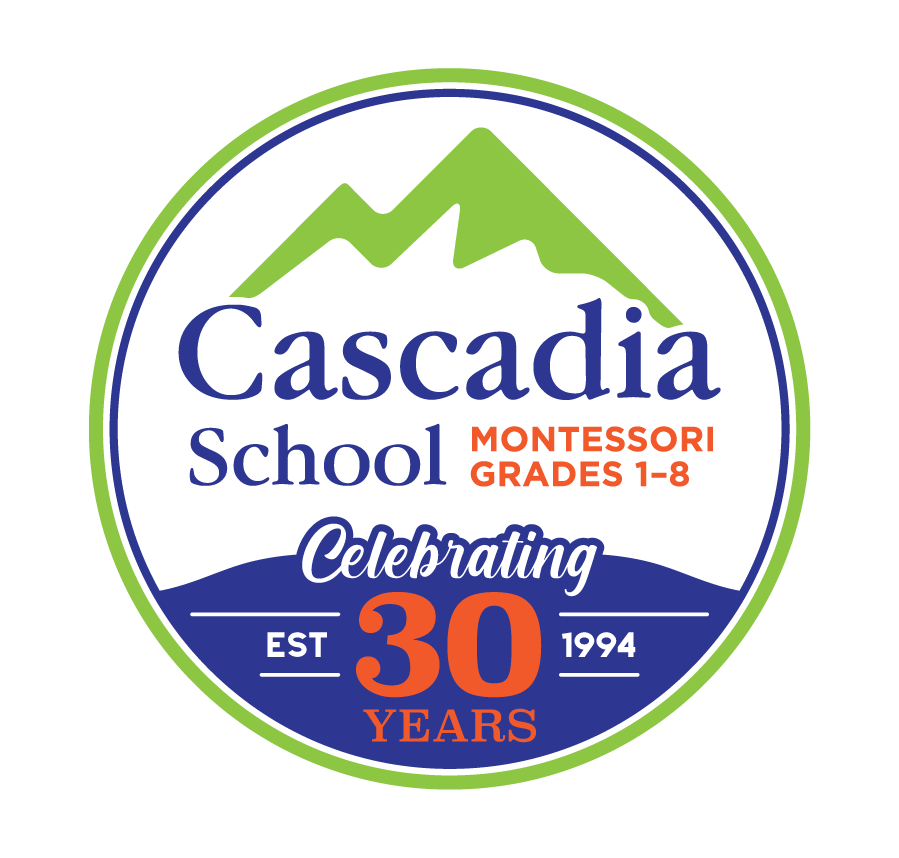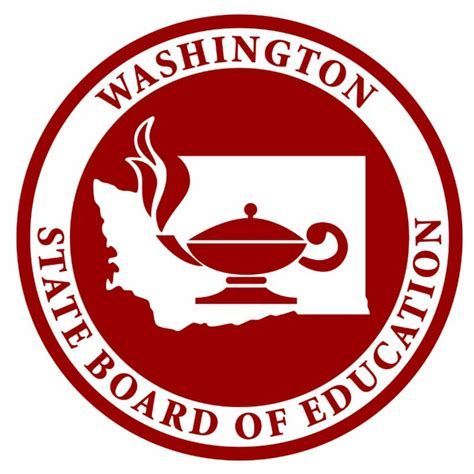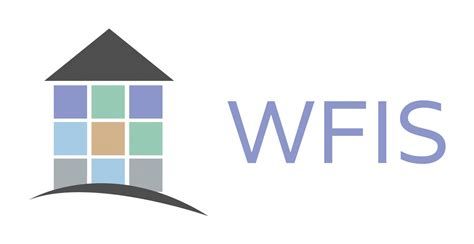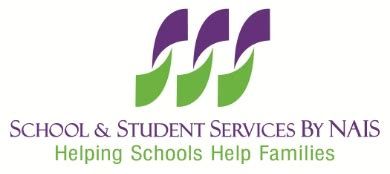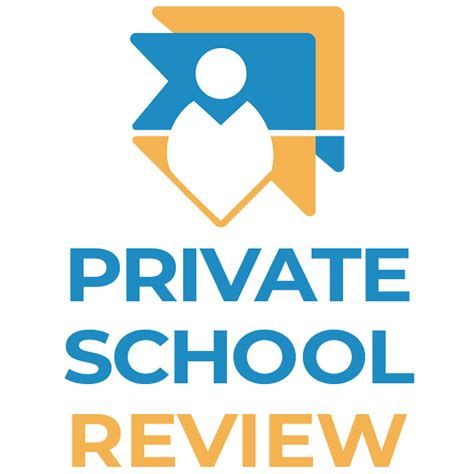The Montessori Method

The Montessori Method of Education
The Nurtured Child
Through the Montessori Method, we nurture your child’s life long love of learning so your child lives safely engaged with the world; always discovering a deeper sense of self and belonging while developing their maximum potential.
In Montessori this nurturing is accomplished through a child-centered approach, the classroom environment, and the teacher.
Most importantly, at the center of a Montessori education is your child.
Child Centered (not compared)
When you walk into a Montessori class you will see a room filled with children independently choosing materials that hold within them layers upon layers of academic lessons. These lessons are systematically and intricately connected. After your child chooses lessons of interest, they learn at their own pace with minimal interruption as they are appropriately challenged for their age and individual needs.
Collaborative and group learning are emphasized using compelling subjects and materials that foster independence within a social community.
Choice is a key component of the child-centered, Montessori education which empowers the child to feed curiosity with self-discipline.
Your child is not compared or competing with other children in their multi-age classroom. They are there to reach their own potential in their own learning style while practicing cooperation. This interaction fosters a
real world
experience with
others of different ages, expertise, skills, and personalities.
Other key aspects:
- Children learn to take broad concepts and narrow them into deep learning experiences in areas of interest using expansive curricula.
- Children are free to physically move in the classroom and learn actively with access to a safe, adjoining outdoor learning space .
- Children are taught objective self -evaluation through close teacher-student interaction in order to master skills according to state standards as well as freedom to exceed those standards according to your child’s readiness.
Montessori Education vs. Traditional Education
Montessori
Active Individualized Learning through stimulating, multi-sensory teaching materials.
Multi-age Classrooms are a natural social environment that includes a wide range of ages and fosters self-motivation. Students enjoy working for their own sense of accomplishment.
Freedom of Choice involves decision-making. Students select their work according to individual interests.
Working at One’s Own Pace enables students to work for long periods without interruption. Each individual works at his potential, independent of the class.
Integral (Interwoven) Education balances academic work with freedom of movement and harmony is created between physical, social and mental activities. There is an interrelationship between subjects.
Independence is fostered by a classroom that is specifically designed to encourage maximum development.
Self-evaluation occurs as students learn to evaluate their work objectively through the use of self-correcting teaching materials and individual work with the teacher
Reality Oriented Education maintains concrete; first-hand experience is the basis for abstraction.
Close Student-Teacher Interaction
enables complete and precise evaluation of student’s progress, both academically and psychologically.New Paragraph
Traditional
Passive Class Learning through teacher-centered class lessons, paperwork.
Chronological Grouping requires external rewards such as grades, competition and social conformity.
Class Curriculum demands that students cover the same work at the same time at the same pace, regardless of individual interest.
Group Learning involves each academic subject being scheduled for a limited period. Each student is directly affected by the progress of the whole class.
Fragmented Education provides academic subjects that are not interrelated. Periods of intense mental efforts are alternated with periods of vigorous physical activity to release tension.
Dependency is promoted since the activities are initiated by the teacher.
Class Comparison occurs as work is evaluated and graded by the teacher. Students evaluate themselves against the group as best or worst in the class.
Abstract Education has students learning through mechanical memorization.
Class Oriented Teaching prevents close interaction between individual students and teacher. Standardized tests are necessary to determine student progress.New Paragraph
The Teacher’s Role
The greatest sign of success for a teacher is to be able to say,
“The children are now working as if I did not exist.”
– Maria Montessori
One may wonder what, exactly, the teacher does in a Montessori class if they do not lecture or use textbooks. The role of the Montessori teacher is to be unobtrusive in the education experience of your child. Montessori teachers are specially trained to apply and model the following for every child:
Observe
Teachers observe the children to meet each child’s needs based on abilities and readiness.
Direct
If a child is stifled or has mastered a skill using Montessori materials, the teacher may direct a child to help another through a
teach to learn approach. If an area is mastered, the teacher directs the child into another area of learning. A Montessori classroom can easily hold hundreds of lessons within the materials.
Adapt
Teachers adapt and mold the education experience to a child’s learning style according to the child’s physiological and mental needs.
Guide
Teachers guide children in lessons as they gently transition each child to act, think, and discover for themselves.
Encourage
The Montessori teacher encourages individual and collaborative learning emphasizing cooperation and conflict resolution interwoven with practical life skills.
Interact
The Montessori teacher interacts personally with each child to validate the child’s learning experience and foster trust in the education environment.
Care
Our Montessori teachers at Cascadia care deeply about your child’s love of learning, your child’s sense of humor, sense of self, and belonging. Creating inclusive community happens through a peaceful, calm Montessori school environment.
The Classroom Environment
Classrooms are are determined by the child’s developmental range. At Cascadia our Lower Elementary program is for children 6-9 years old, our Upper Elementary is for 9-12 years, and the Middle School program is for adolescents 12-15 years old.
Multi-age classrooms mirror natural social environments and real world experience. Older students teach to learn as they are encouraged to assist younger students which strengthens collaboration skills.
The Montessori classroom utilizes beautiful Montessori materials organized for intellectual development.
In our classes, you will see students wearing indoor slippers instead of shoes and our classrooms are filled with plants and animals.
You will also notice throughout the day children actively complete jobs around school such as washing dishes, cleaning, taking out the trash, gardening, or straightening shelves.
At Cascadia,
be sure to tour
our Trillium classroom to visit the school parakeet, Kipo.
History, Summary, And Reading List
The internationally known “Montessori Method” is based on the idea that education is an aid to life. Dr. Maria Montessori, one of Italy’s first female physicians and one of the first developmental psychologists, developed the Montessori Method in 1907. Her method fosters a deep respect for each child’s innate desire to learn and develop to his/her fullest potential. The philosophy behind the Montessori Method is to stimulate and facilitate each child’s interest in learning with little to no adult intervention. To accomplish this tremendous task, each child must have the freedom to explore his/her own potential through interaction within a prepared environment. However, the freedom of each child is balanced with a sense of responsibility within non-restrictive boundaries. By fostering such independence, the child can become his/her own teacher and develop his/her own intellectual, emotional, and physical powers. The Montessori Method is meant to assist individual children in acquiring the skills and confidence necessary to succeed in mastering self-discipline and developing a true love for learning.
Reading List:
The Secret Of Childhood by Maria Montessori
The Absorbent Mind by Maria Montessori
Dr. Montessori’s Own Handbook
by Maria Montessori
“A safe and happy place to get a good education. They make learning fun.”
- A Cascadia Parent
But What Exactly is Montessori Education?
At its core, it simply is a way of being with children that allows each child to develop fully into the person he or she was destined to be. Just as you make every effort to ensure your home is loving and safe – so your child feels secure and well-adjusted – we work diligently to ensure the physical environment, the teachers and the student community will meet your child’s needs with respect and support at each step in his educational journey.

